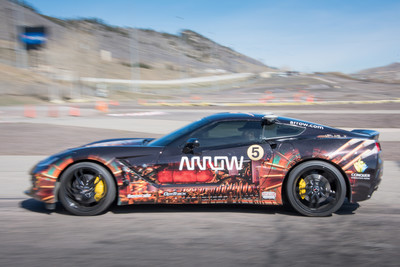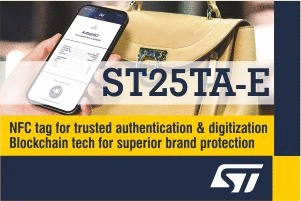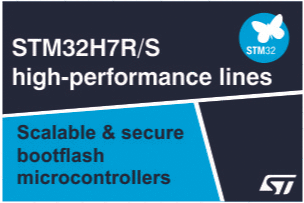Former IndyCar Driver Sam Schmidt Drives on Road Course Race Track in Semi-Autonomous Motorcar Modified for Individuals with Quadriplegia

LONG BEACH, CALIF – 21 Apr, 2015 – Former IndyCar driver and current Verizon IndyCar Series Team owner, Sam Schmidt today drove a modified sports car on the Long Beach Grand Prix road course track. It was the first time he has driven a road course since he was paralyzed in a racing accident in 2000.
Driving a modified 2014 C7 Corvette Stingray for the Arrow Semi-Autonomous Motorcar (SAM) Project, Schmidt conquered the twists, turns and hills of a road course at speed using integrated advanced electronics controlled by his head.
Schmidt drove one demonstration lap on the 1.968-mile road course including the 180 degree hairpin turn, reaching a top speed of 50 mph.
Last May, Schmidt became the first person with quadriplegia to drive at speed at the Indianapolis Motor Speedway, garnering worldwide acclaim. Schmidt drove four consecutive demonstration laps at 97 mph on the iconic oval track becoming a qualifying driver for the 98th Running of the Indianapolis 500. After the Indy 500, he drove another four laps, reaching 107 mph.
“Racing has been a dream of mine since I was five years old,” said Schmidt. “I thought I would never be able to drive again after my accident, but this vehicle makes it possible for me to improve every time I am on the track. When I drive the SAM Car, I feel a sense of normalcy,” Schmidt said.
The SAM Project is a collaborative venture between Arrow Electronics, Inc., Freescale® Semiconductor, Schmidt Peterson Motorsports and Conquer Paralysis Now. Arrow leads the development of the SAM car and the systems integration, as well as the engineering of specific systems for the car. Freescale’s technology is featured in an advanced human-to-machine interface which includes automotive microprocessors and sensors based on its MEM’s technology. To prepare the road course race track of the Long Beach Grand Prix, the SAM car was updated with new cameras and more responsive controls.
“Driving a road course is much more challenging in some ways,” Schmidt said. “The latest modifications in SAM Car 2.0 allowed me to make sharp right and left turns, as well as synchronize my acceleration and braking more precisely.”
The SAM Project’s objectives are not to transfer control of a vehicle to technology but rather to enable disabled drivers to enjoy the driving experience by leveraging the power of technology.
“Arrow is committed to developing technology to help change people’s lives,” Michael J. Long, chairman, president and chief executive officer for Arrow. “Our partners and extraordinary engineers continue to reach for innovation excellence, and Sam Schmidt’s accomplishment is another strong example of our commitment to working five years out.”
The vehicle integrates the following technology:
Infrared camera system – four sensors mounted on Schmidt’s hat connected to infrared cameras mounted on the dashboard that detect his head tilt motions in order to steer.
Sip/puff system – using breath control, Schmidt can accelerate and brake the vehicle by sucking or blowing into a tube attached to a Freescale integrated pressure sensor.
Computer system – a central processor from Freescale collects signals from the camera and sip/puff system to control the car’s acceleration, braking and steering.
GPS technology – a guidance system that keeps the car within 1.5 meters from the edge of the track. Schmidt has a width of approximately 10 meters to steer within.
Safety system – a set of software algorithms that ensure commands sent to the computer system are real and defined within the vehicle’s limits.
Following the Long Beach Grand Prix, the SAM car will be brought to events for public inspiration and education, disabled community awareness and business development opportunities. The project also supports Conquer Paralysis Now, Schmidt’s foundation dedicated to finding a cure for paralysis.






